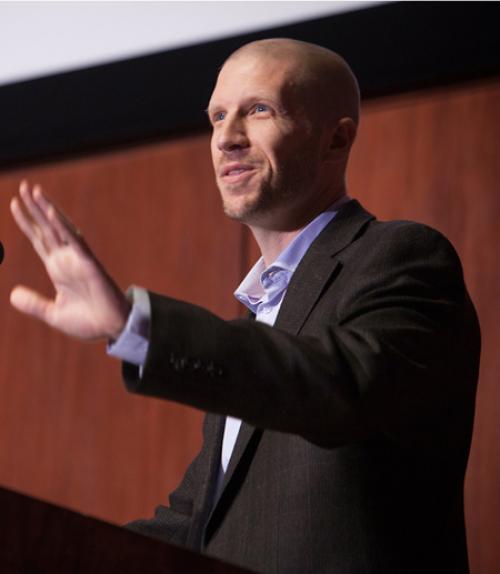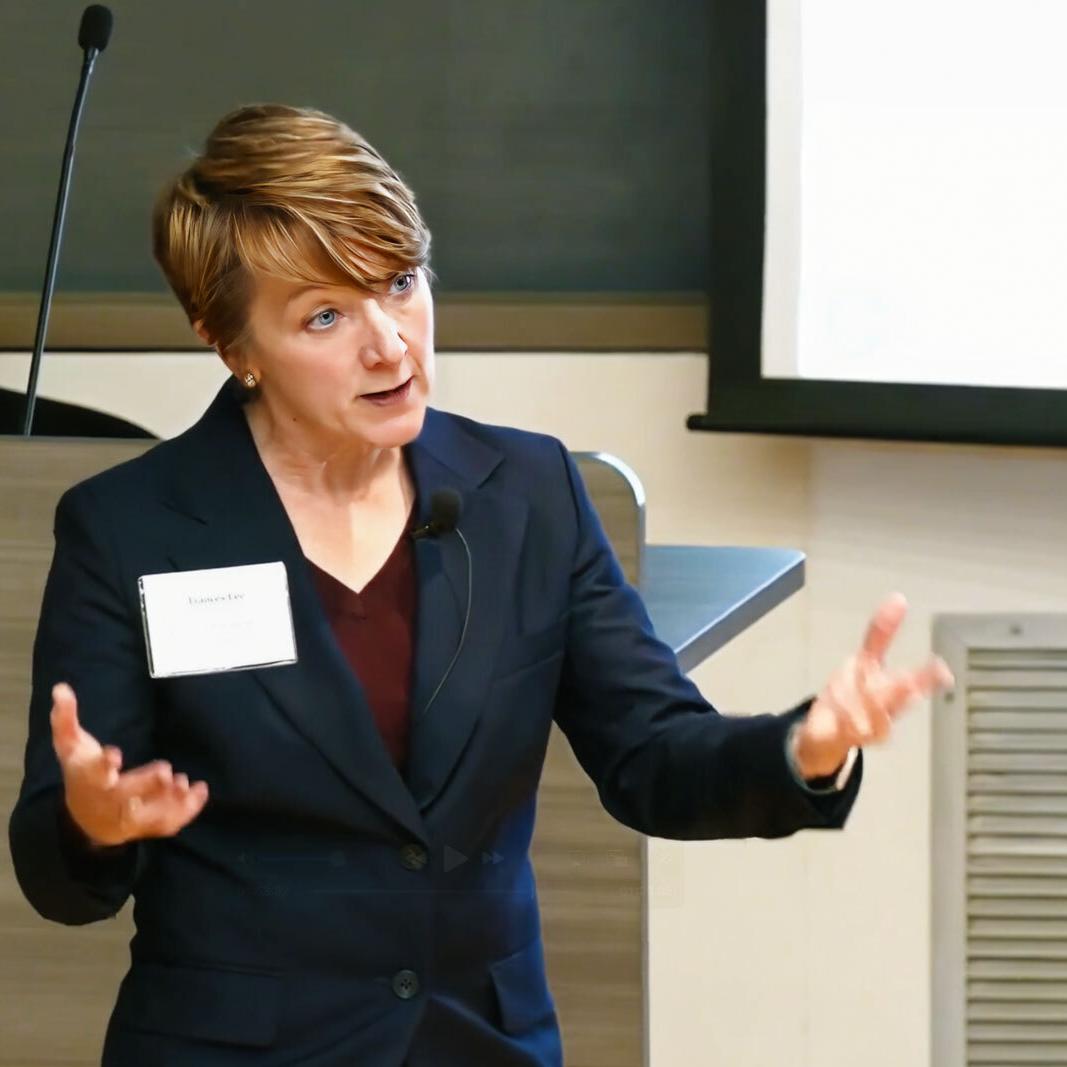
 Department Homepage
The College of Arts & Sciences
Department Homepage
The College of Arts & Sciences
Roper Center opinion archive comes to Cornell
The public opinion archive holds data dating from the 1930s.



